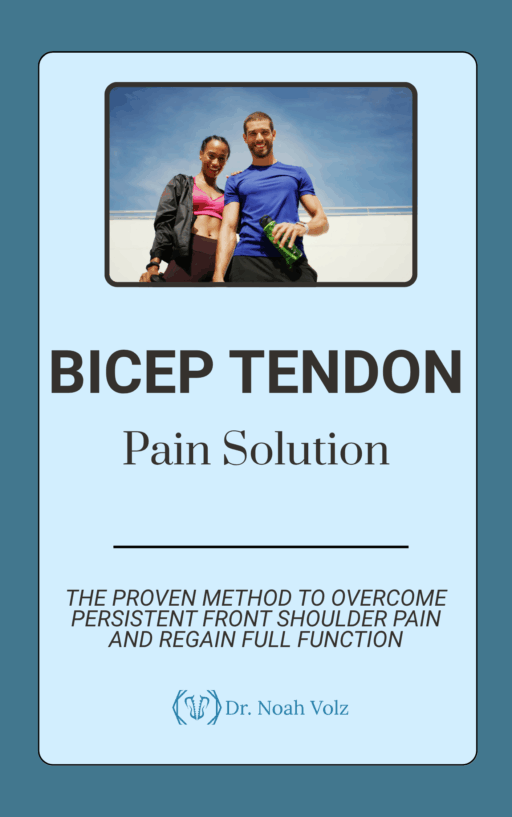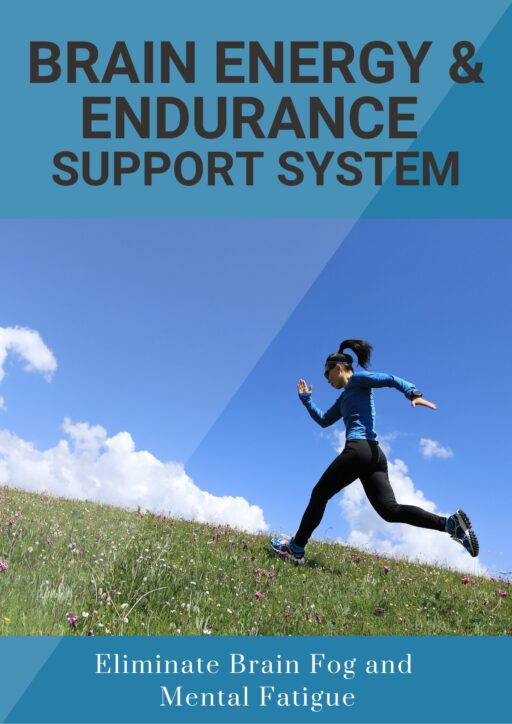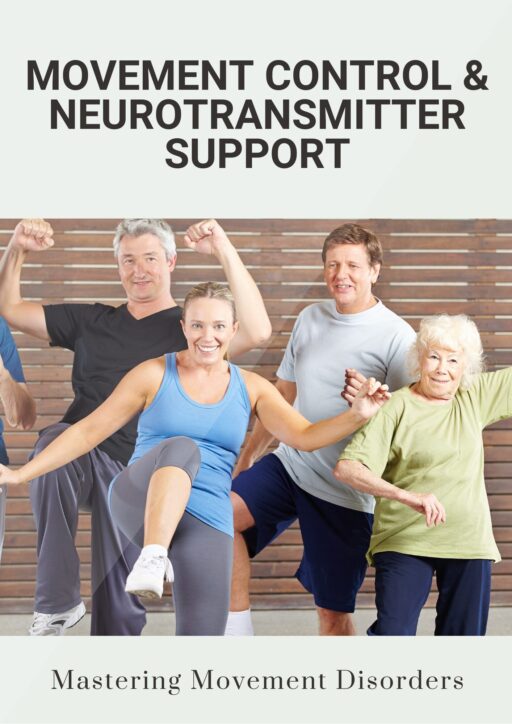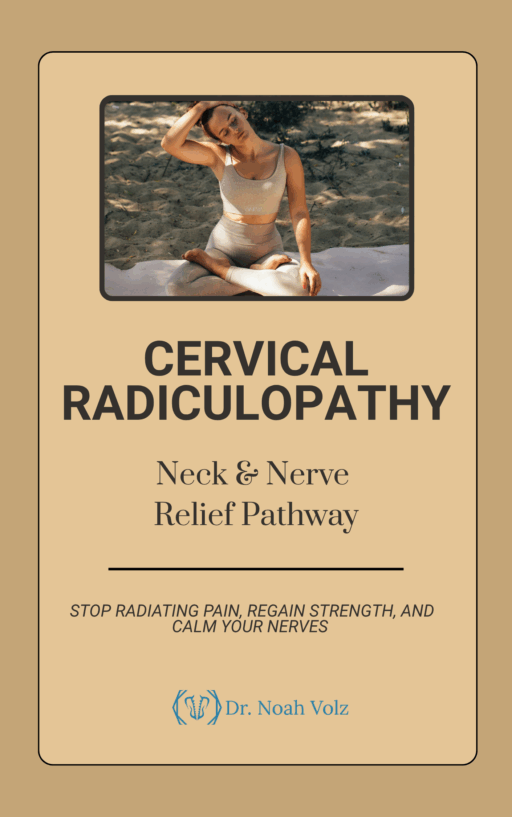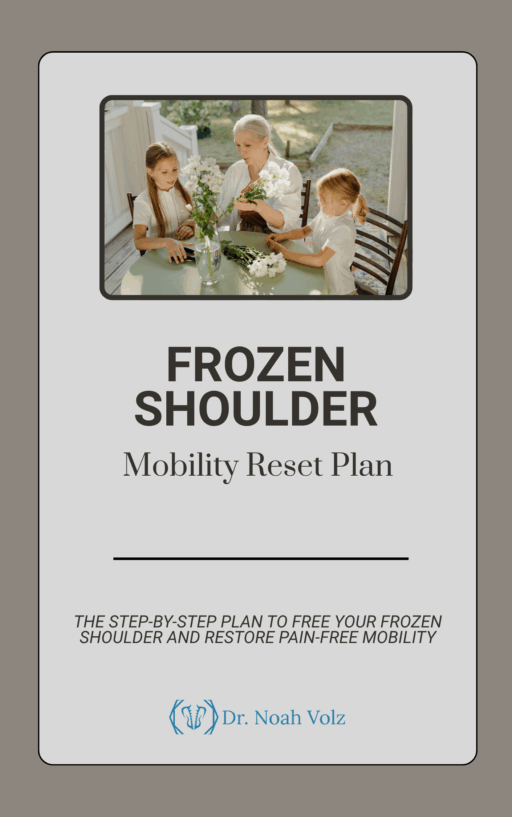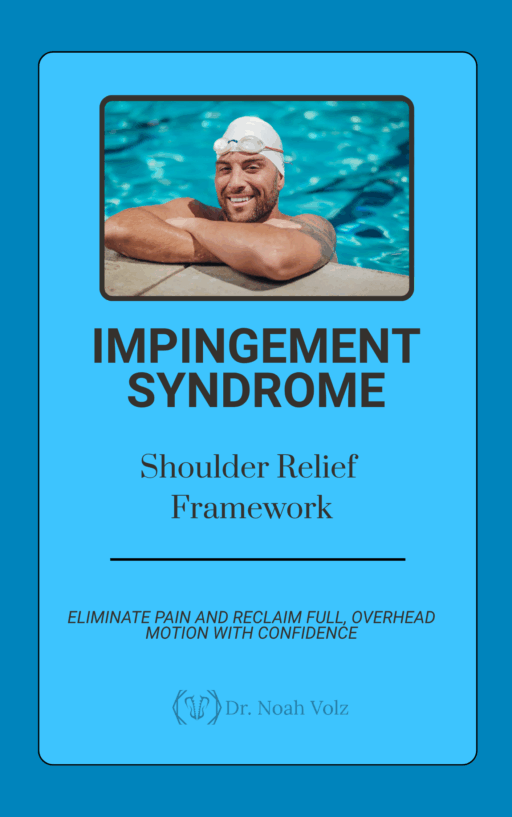Have you ever noticed that your low back pain feels better when you bend forward or sit down? Do certain positions or movements seem to make your pain worse, while others provide relief? If so, you may be dealing with a specific type of low back pain that responds best to a tailored treatment approach.
At our chiropractic clinic in Ashland, OR, Dr. Noah Volz and our team use a unique system called McKenzie Mechanical Diagnosis and Therapy to classify low back pain based on your individual symptoms and movement patterns. By determining your low back pain’s “directional preference”, we can create a personalized plan to help you find relief and get back to doing the things you love.
What Is Flexion Biased Low Back Pain?
One type of low back pain that we see in our clinic is called “flexion biased” pain. This means that your symptoms tend to improve when you bend forward (flexion) and worsen when you bend backwards (extension).
Flexion biased pain is less common than extension biased pain, affecting only about 10% of people with low back issues. But for those who have it, understanding this pattern can be a game-changer in finding lasting relief.
What Causes Flexion Biased Low Back Pain?
Like many types of low back pain, flexion biased pain is often related to a problem with one of the discs in your spine. These discs are the cushions that sit between each of your vertebrae (spine bones). They have a tough outer layer called the annulus and a soft, jelly-like center called the nucleus.
Sometimes, due to injury, overuse, or age-related changes, the outer layer of a disc can develop small tears. This allows the inner material to start bulging or protruding out, putting pressure on the nearby nerves and causing pain.
In people with flexion biased pain, the disc problem is usually located towards the back of the spine. When you bend forward, it takes pressure off the disc and nerves, providing relief. But when you bend backwards, it can pinch the disc and nerves even more, making your pain worse.
Other factors that can contribute to flexion biased pain include:
– Tight hip flexor and hamstring muscles
– Weak abdominal and gluteal muscles
– Poor posture or alignment
– Stress and tension held in the low back
The key to effectively treating flexion biased pain is identifying these underlying factors and addressing them head-on.
How Do Chiropractors Diagnose Flexion Biased Low Back Pain?
When you come to our clinic with low back pain, Dr. Noah Volz will start by asking you detailed questions about your symptoms, activities, and past medical history. Be sure to mention if you’ve noticed any positions or movements that make your pain better or worse.
Next, he’ll do a thorough physical exam to check your spinal alignment, flexibility, and muscle strength. He may ask you to do some simple movements, like bending forward and backward, to see how your symptoms respond.
In flexion biased pain, we often see a pattern called “centralization”. This means that as you repeatedly bend forward, your pain starts to move from your leg or buttock back towards the center of your low back. This is a good sign that the disc is moving back into place and taking pressure off the nerves.
On the other hand, if your pain starts to spread or intensify down your leg when you bend backward, that tells us that extension is likely aggravating your condition.
What Chiropractic Treatments Help Flexion Biased Low Back Pain?
Once we’ve determined that you have flexion biased low back pain, we can create a treatment plan that fits your specific needs and goals. This typically includes a combination of in-office therapies and exercises that you can do at home.
Treatment for flexion biased pain often starts with gentle, controlled bending and stretching movements to help centralize your symptoms. We may guide you through a series of positions, such as:
– Lying on your back and hugging your knees to your chest
– Sitting in a chair and bending forward with your hands on your knees
– Standing and bending forward with your hands on a countertop or chair
As your pain improves and centralizes, we can progress you to more challenging exercises to help restore normal spinal movement and stability.
Other treatments that may help flexion biased pain include:
– Chiropractic adjustments to improve spinal alignment and mobility
– Soft tissue therapies like massage and myofascial release to relax tense muscles
– Stretches for the hip flexors, hamstrings, and other tight areas
– Core and glute strengthening exercises to improve spinal support
– Postural education and ergonomic modifications
– Stress management and relaxation techniques
The key is to find the right combination of therapies that works best for your individual needs and goals. Dr. Noah will work closely with you to monitor your progress and adjust your plan as needed.
Can Flexion Biased Low Back Pain Be Cured?
While there is no “cure” for flexion biased low back pain, the good news is that most people can find significant relief and improved function with the right treatment approach.
In fact, a growing body of research suggests that therapies based on directional preference, like the McKenzie method, can be highly effective for reducing pain and disability in people with low back pain.
One study found that people who did exercises matching their directional preference had significantly less pain and medication use compared to those who did general exercises or used lumbar supports.
Other research has shown that the McKenzie approach can lead to faster improvements in pain and function compared to other common treatments for low back pain.
Of course, everyone’s journey is different, and there is no one-size-fits-all solution. But by working closely with a skilled provider like Dr. Noah Volz, you can develop a personalized plan to manage your flexion biased pain and get back to the activities you love.
The Bottom Line on Flexion Biased Low Back Pain
If your low back pain feels better with bending forward and worse with backward bending, you may be dealing with flexion biased pain. This unique pattern responds best to a targeted treatment approach that focuses on your individual symptoms and movement patterns.
At our chiropractic clinic in Ashland, OR, Dr. Noah Volz and our team use the McKenzie method to diagnose and treat flexion biased pain and other types of low back conditions. With a thorough evaluation and personalized care plan, we can help you find relief from your pain and get back to living your best life.
If you’re tired of living with low back pain that’s holding you back, we invite you to schedule an appointment with Dr. Noah today. With our approach and compassionate care, we’ll work with you every step of the way to achieve your goals and live pain-free.
References:
1. McKenzie R, May S. The lumbar spine mechanical diagnosis and therapy. 2nd ed. Waikanae, New Zealand: Spinal Publications Ltd.,; 2003.
2. Donelson R, Aprill C, Medcalf R, Grant W. A prospective study of centralization of lumbar and referred pain: a predictor of symptomatic discs and anular competence. Spine 1997;22(10):1115–22.
3. Long A, Donelson R, Fung T. Does it matter which exercise? A randomized control trial of exercise for low back pain. Spine 2004;29(23):2593–602.
4. Werneke MW, Hart DL, Cutrone G, Oliver D, McGill T, Weinberg J, Grigsby D, Oswald W, Ward J. Clare, H.A.; Adams, R, Maher C.G. Association between directional preference and centralization in patients with low back pain. J Orthop Sports Phys Ther. 2011 Jan;41(1):22-31.
5. Wetzel and R. Donelson The role of repeated end-range/pain response assessment in the management of symptomatic lumbar discs/ The Spine Journal 3 (2003) 146–154
Want to know what kind of back pain you have?
-

Bicep Tendon Pain Solution
$50.00 -

Brain Detoxification & Recovery System
$50.00 -

Brain Energy and Endurance Support System
$50.00 -

Brain-Based Movement and Motor Control Training
$50.00 -

Centralized Low Back Pain
$50.00 -

Cervical Radiculopathy: Neck and Nerve Relief Pathway
$50.00 -

Complex Low Back Pain
$50.00 -

Complex Radiating Low Back Pain
$50.00 -

Cross-Pattern Low Back Pain
$50.00 -

Frozen Shoulder Mobility Reset Plan
$50.00 -

Impingement Syndrome: Shoulder Relief Framework
$50.00 -

Mastering Brain Senses: Rebuild Your Hearing, Vision, and Body Awareness
$50.00


